5 Supply Chain Models That Are Dominating 2025 (And Why)
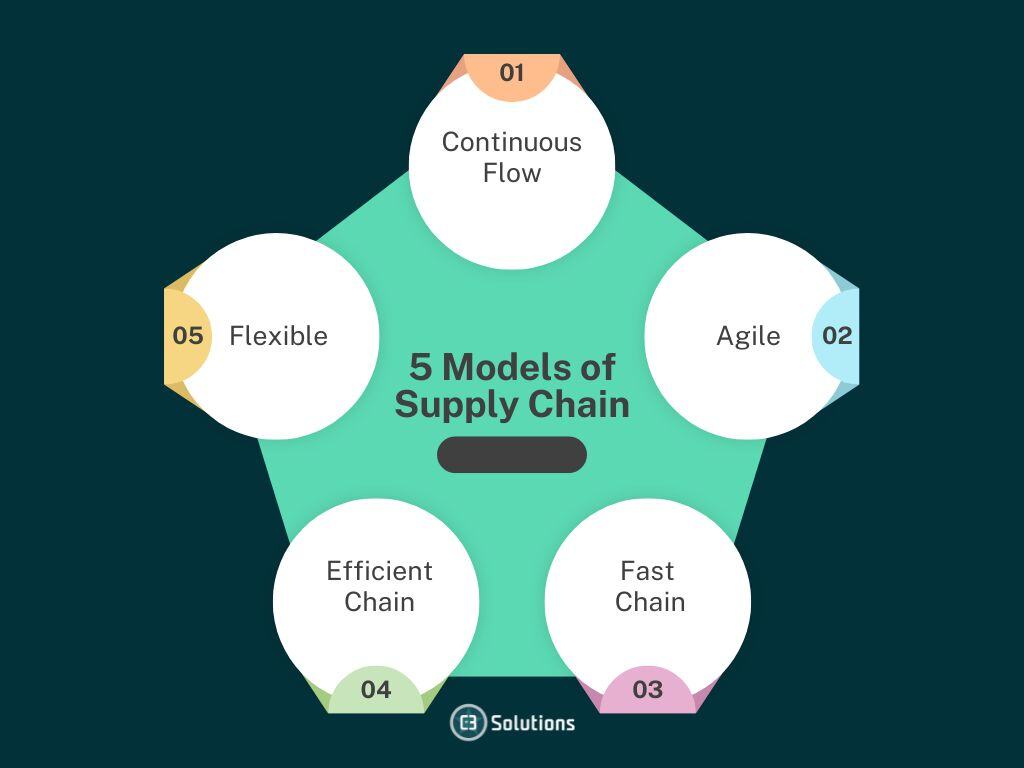
In a world where customer demands change as quickly as fashion trends, the supply chain is the foundation that keeps businesses standing but moving ahead. A robust supply chain model can put a business in the spotlight for their customers. The customers start realizing the benefits of supply chain excellence in many tangible and intangible ways. This distinction over the other companies can be in the form of product availability, quality, innovation, or pricing.
Today, we are opening the curtains on 5 supply chain models that became the success stories for their companies and a benchmark across industries. We will see how legendary brands like Zara and PepsiCo adapt and strengthen their supply chains to pave the way for the future. But not just that, since each model has its weaknesses and strengths, we detail these stories one by one to create a playbook from the very best in the business.
Model of Continuous Flow: The PepsiCo Precision Series
The Continuous Flow Model sits at the core of PepsiCo's supply chain. This model defines consistency, built for minimal stoppages to keep products moving through the chain. Think of a river that perennially runs toward the ocean. It's a perfect fit for PepsiCo's vast array of products that are in constant demand. Also, since the company has a tremendous amount of data, they have invested in analytics to make data-driven decisions for their supply chain.
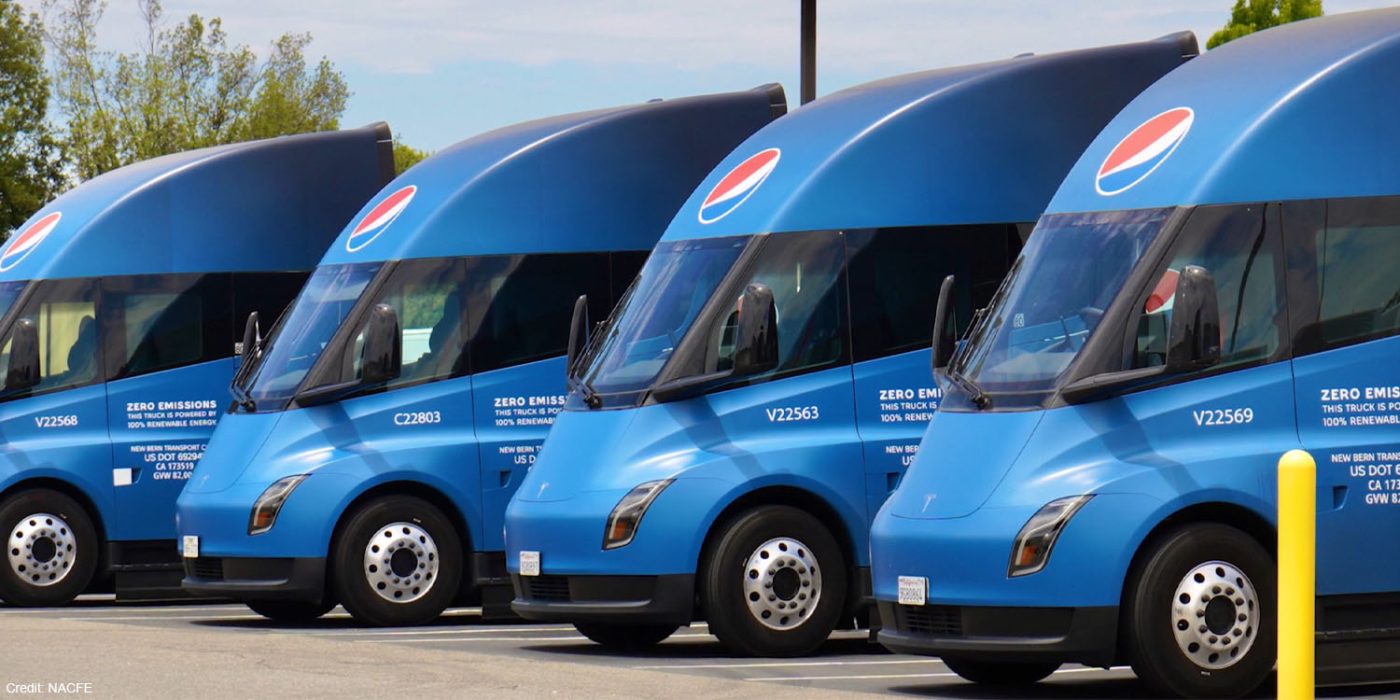
Source: NACFE
Pros of Continuous Flow Model:
-
Predictable Throughput: This model enables predictable manufacturing rates and throughput, which is crucial for mass production. Knowing what to expect from the production lines enables PepsiCo to meet demand without concerns about stockouts.
-
Cost-Effective Operations: The Continuous Flow Model lowers material storage and handling costs while lowering operating expenses. Having no WIP reduces their warehouse space and holding costs.
-
Control of Quality: Consistent processes enhance quality control. With continuous production, PepsiCo can have consistent quality controls to ensure all products meet their high standards.
Cons of Continuous Flow Model:
-
Limited Flexibility: The main downside of this model is its rigidity. If the market demand changes suddenly or there's an abrupt supply chain interruption, PepsiCo might be unable to pivot immediately and risk overproduction or inventory shortages.
-
Capital Intensive: This model requires substantial capex and technology investment. For PepsiCo, this means investing a lot in manufacturing lines that are both resilient and efficient.
-
Dependency on Stable Demand: The Continuous Flow Model adheres to predictability. It assumes a predictable level of product demand - a risky proposition in a dynamistic market where customer demand and personal preferences can change quickly. For PepsiCo, an abrupt reduction may result in extra unsold items.
The Agile Method: Zara's Quick-Change Act
Fashion retail giant Zara has grown to be synonymous with fast fashion. This title could be achieved because of their supply chain prowess. The Agile Model is founded on the adaptability and responsiveness of the supply chain, enabling Zara to move from design to display in a few weeks. This model thrives on a rapid reaction to current market demands and consumer demands.
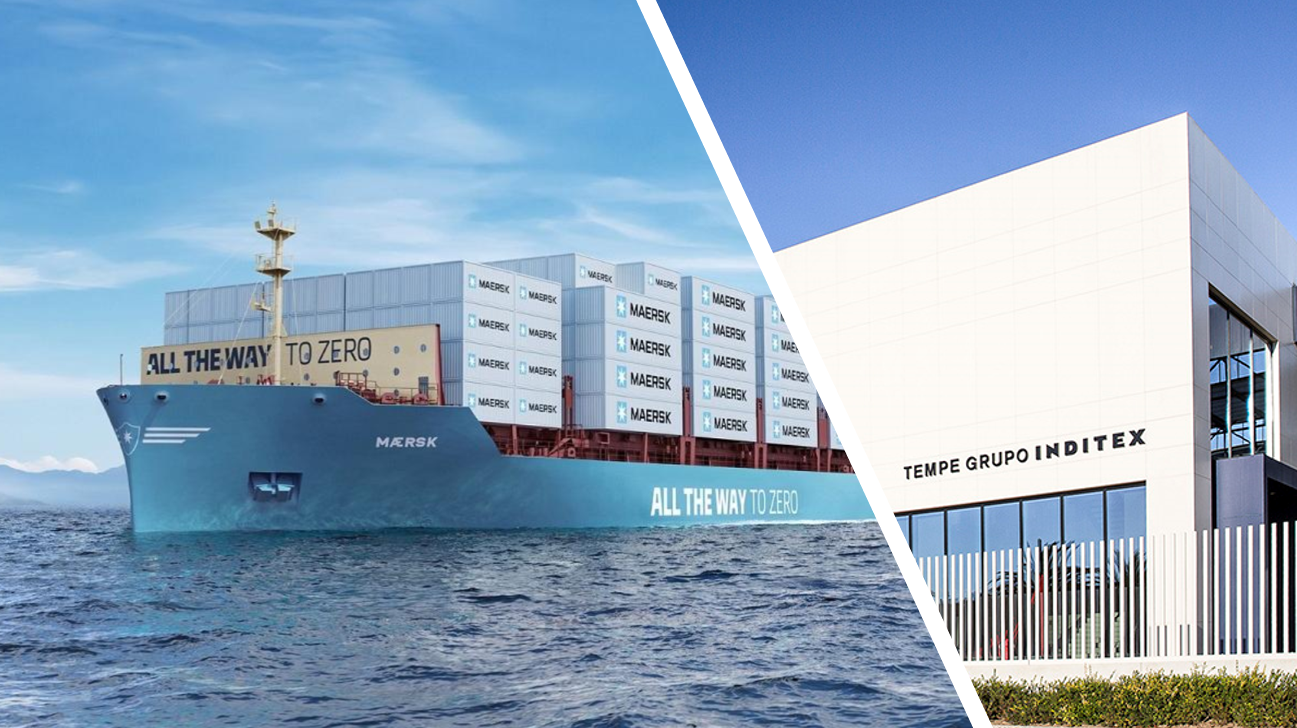
Source: https://container-news.com/
Pros of the Agile Model:
-
Speed to Market: Its supply chain agility enables Zara to go from concept to display in only a few weeks. This speed is essential in a quick fashion market where trends are often temporary, and timing is key.
-
High Responsiveness: The Agile Model enables Zara to react to current fashion trends and consumer demand through smaller batches and modify manufacturing schedules to suit market needs.
-
Lower Inventory Levels: Zara can also keep the inventory level lower by only manufacturing clothes in high demand, lowering costs for unsold goods and storage.
-
Enhanced Customer Satisfaction: The variety and freshness of products help Zara's consumers. A consistent rotation of new styles keeps the brand fresh and relevant to fashion-conscious consumers.
Cons of the Agile Model:
-
Huge Investment: Zara invests heavily in responsive supply chain systems and technology to stay agile. This includes IT systems for data analysis with speed and logistics to distribute products rapidly.
-
Operational Complexities: Styles change rapidly, and new products are introduced frequently, complicating operations. Rapid changeovers, small production runs, and individual batch handling can drive up costs.
-
Dependency on a Stable Supply Chain: A flexible supply chain is crucial to Zara's success in the Agile Model. Almost any disruption or inefficiency could rapidly affect the company's ability to fulfill its timely delivery commitments.
The Model of the Fast Chain: Adidas's Speedy Sprint
Like their sportswear, Adidas has pressed ahead of the Fast Chain Model, emphasizing speed to market. With this particular model, it is all about keeping lead times to a bare minimum from production to shelf. Adidas plans to bring 20% of its production in-house using advanced automated factories, potentially speeding up delivery to consumers and reducing dependency on external manufacturers.
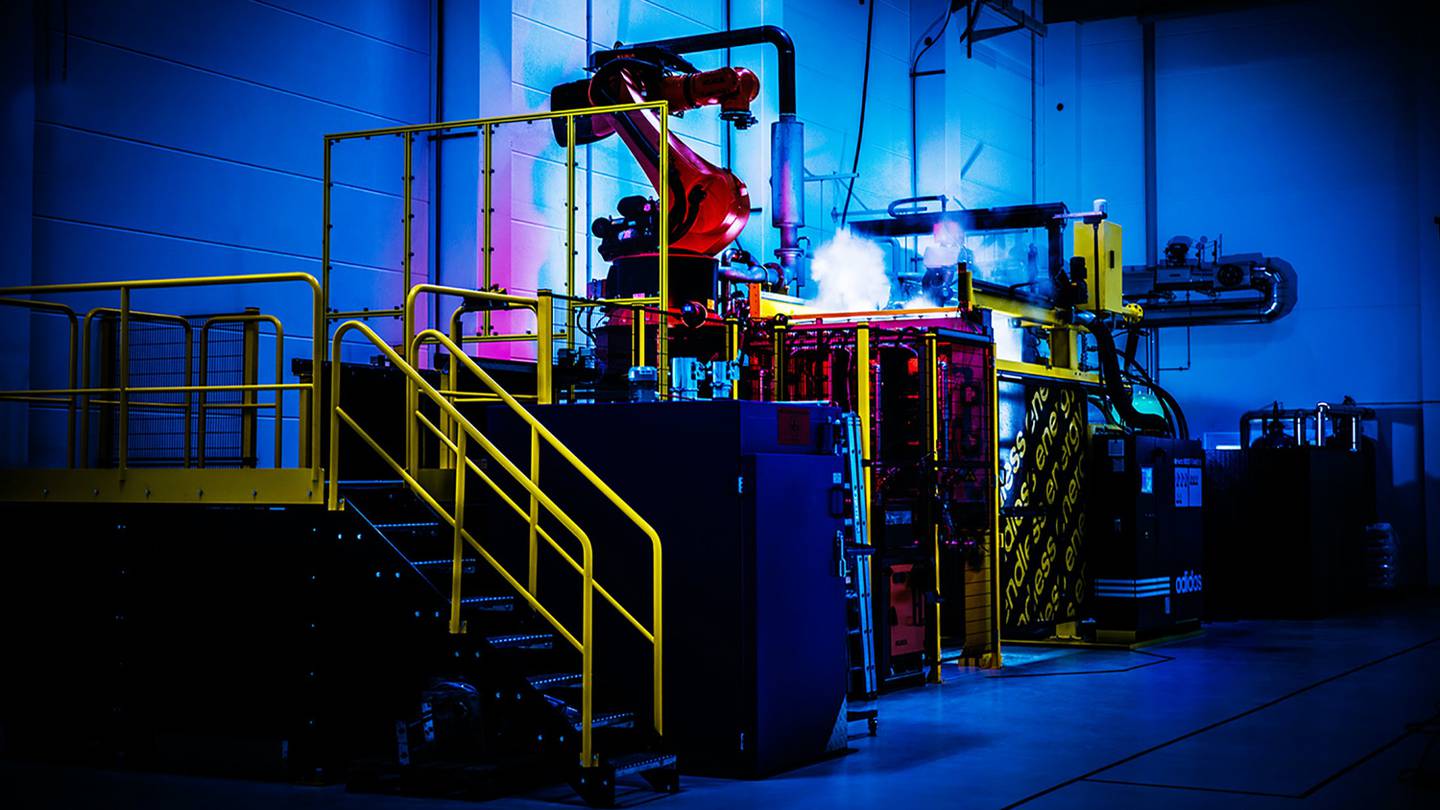
Source: https://www.nbcnews.com/
Pros of the Fast Chain Model:
-
Rapid Market Response: Adidas utilizes the Fast Chain Model to react fast to consumer needs and market developments. This enables new designs and popular products to reach consumers quickly.
-
Lower Lead Times: Adidas reduces lead times from design to retail shelves, ensuring consumer satisfaction. Customers appreciate a continual flow of fresh, cutting-edge products that mirror current fashion and sports trends.
-
In-House Production Control: Bringing a substantial proportion of production in-house gives Adidas better control of its manufacturing processes, enhancing quality management and output agility.
Cons of the Fast Chain Model:
-
Increased Operational Costs: Occasionally, this focus on speed is at the expense of operational efficiency, thereby improving operating expenses. Resource-intensive changeovers and increased production times can be expensive.
-
Overproduction Risk: The excessive focus on speed in the model may result in overproduction when demand forecasting is inaccurate. This might produce unneeded inventory, which must be discounted or liquidated.
-
Issues in Quality Assurance: Whenever the production cycle is considerably accelerated, it's not simple to maintain good quality standards. There's less time for quality control checks that may impact the finished product quality.
-
Complex Supply Chain Management: The Fast chain Model entails a very reactive and highly interdependent supply Chain, which may be tough to control across several suppliers and production facilities.
The Efficient Chain Model: General Mills' Calculated Method
General Mills has codified its supply chain approach into an efficient chain model. Like with any FMCG major, the margins are low, and the supply chain costs can be significant levers for the bottom line. The cost focus is maximized at each stage - from raw materials procurement to shipping. Beyond this, the company has invested heavily in data and analytics, which has helped make the supply chain more efficient and effective.
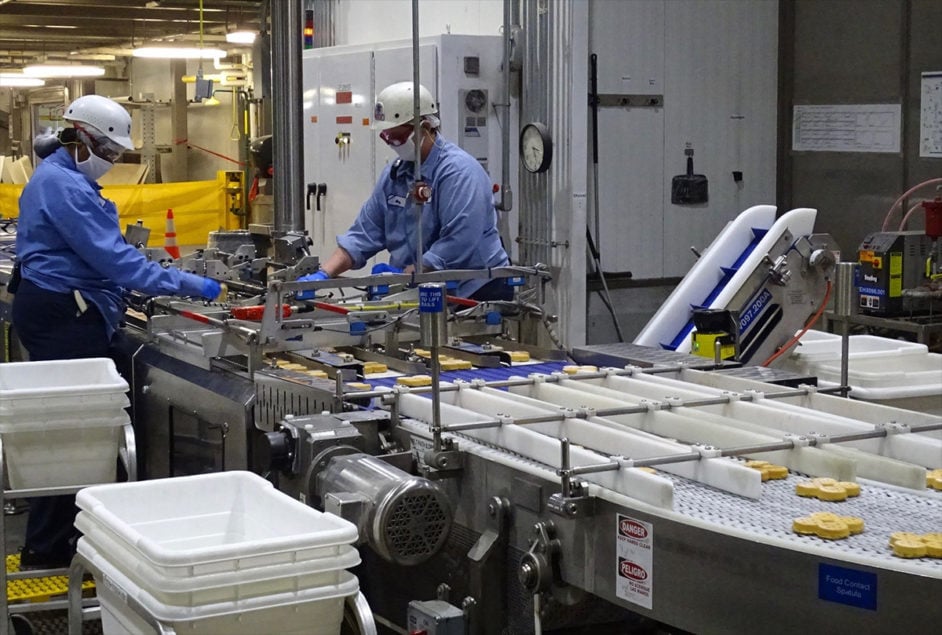
Source: General Mills, inc.
Pros of the Efficient Chain Model:
-
Highest Cost Efficiency: General Mills' Efficient Chain Model is designed to keep costs low. This is achieved by optimal utilization of resources from raw materials procurement to finished goods distribution.
-
Economies of Scale: The model exploits economies of scale and standardization of processes and bulk operations to enable reductions in costs per unit.
-
Streamlined Operations: Standardized processes within the Efficient Chain Model result in simplified and predictable operations, reduced complexities, and enhanced supply chain predictability and dependability.
-
Waste Minimization: Concentrating on efficiency, the model helps reduce waste throughout the supply chain, lowering costs and enhancing sustainability.
Cons of the Efficient Chain Model:
-
Limited Customization Options: The efficiency and standardization focus of the model can restrict the ability to customize processes and products to specific consumer requirements or market segments.
-
Slower Response to Market Changes: The cost-effective Efficient Chain Model is organized and standardized, so it is not as responsive to abrupt industry shifts or consumer trends.
-
Over-Optimization Risk: There's a risk that pursuing efficiency will overestimate several aspects, making the supply chain less resilient to disruptions or unexpected demand variations.
-
Dependence on Forecast Accuracy: The model is built on accurate demand forecasting, which is crucial because of its success. Any substantial differences between the actual and forecasted demand could cause problems like overstocking or stockouts, affecting efficiency.
The Flexible Model: Office Depot's Adaptable Blueprint
Office Depot utilizes the Flexible Model to remain ahead of the curve in the office supplies marketplace. This model enables fast modifications to operations in reaction to supply and demand variations. Office Depot has invested big in the technology and integrated store, supply chain, and delivery software in one Android-based device. This helped reduce the costs while making the supply chain more flexible.
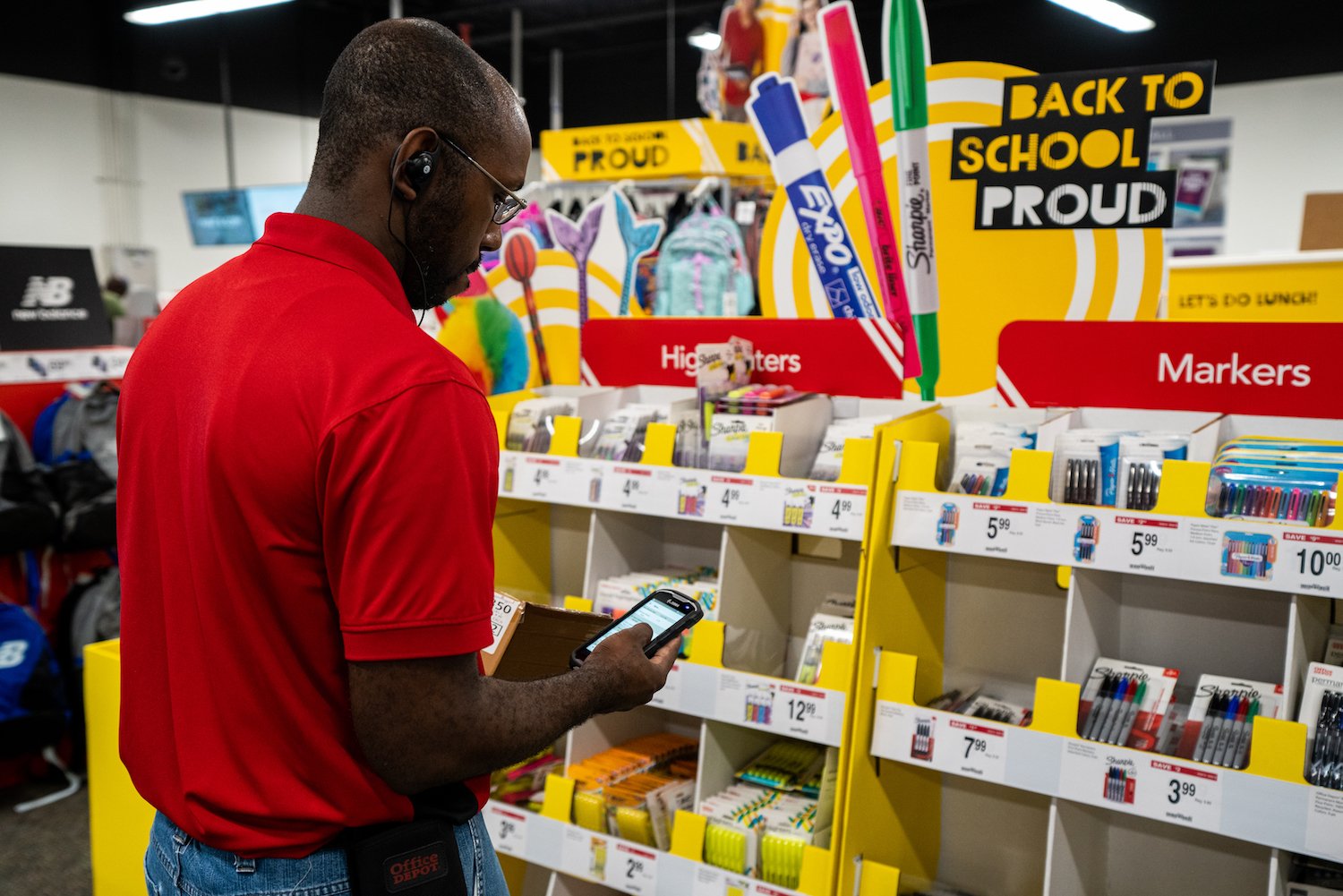
Source: https://thelabelman.co.uk/
Pros of the Flexible Model:
-
High Adaptability: Office Depot's Flexible Model shines in its agility to adjust to changing supply chain conditions. This flexibility enables the company to react fast to demand and supply variations, thus remaining competitive.
-
Diverse Product and Service Offerings: This flexibility model enables Office Depot to offer various services and products. It serves a diverse customer base and meets different market demands and personal preferences.
-
Responsive to Market Trends: The Flexible Model enables Office Depot to react fast to brand-new industry developments to cash in on new opportunities and also mitigate the risks related to market volatility.
-
Customer-Centric Operations: The model's flexibility ensures that customer demands are met quickly, boosting consumer loyalty.
Cons of the Flexible Model:
-
Operational Complexity: The difficulty of running such a flexible supply chain can make coordination across several activities much more complex and prone to error.
-
Potential for Inefficiencies: Continuous changes are a strength but may also bring about inefficiencies if they are not handled effectively. Changes frequently disrupt established processes and cause waste.
-
High Investments: Continually adapting to constantly changing circumstances requires a considerable investment in technology and workforce. This could strain company resources, mainly when changes are significant and frequent.
-
Stability vs. Flexibility: The balance between flexibility and a predictable supply chain is often challenging. A high level of flexibility may result in inconsistent and coherent operations.
Building a Better Supply Chain in 2024
Lessons learned from these supply chain savants are instructive as we look forward to 2024. Whether it is the steady - cadence of the Continuous Flow Model or the quickstep of the Fast Chain Model, each approach has its benefits and shortcomings.
The secret is identifying the right flow and supply chain strategy that meets your business objectives and market demands. The bargain is usually between service and costs. With such insights and the proper technology Solutions, like those provided by C3 Solutions, companies can find the best-suited supply chain strategy for their business.
Contact us to know more
